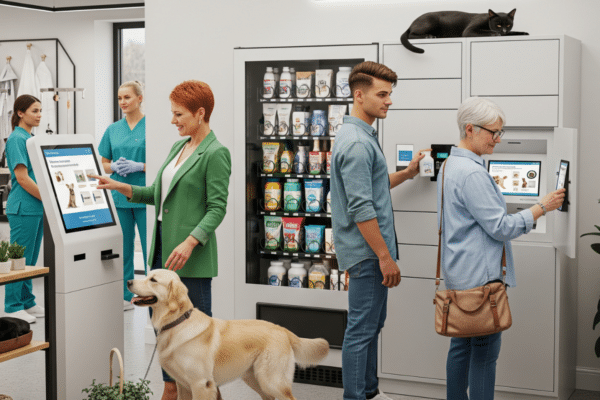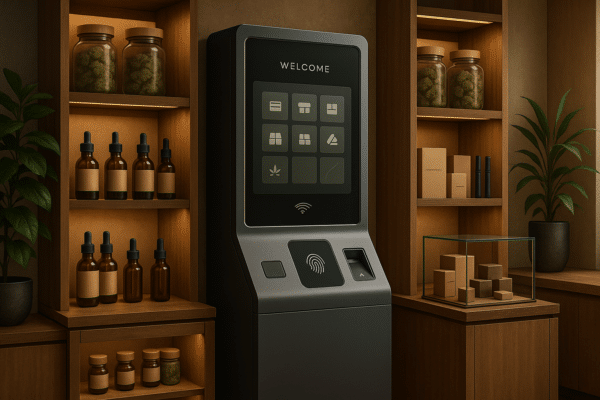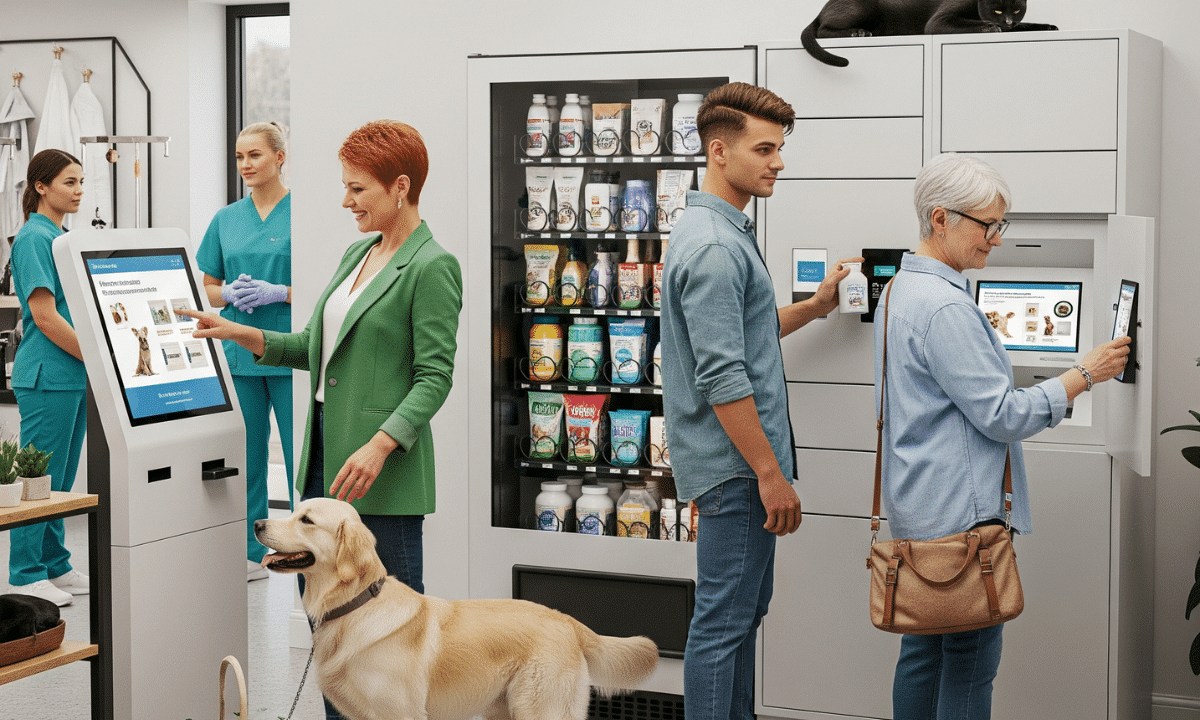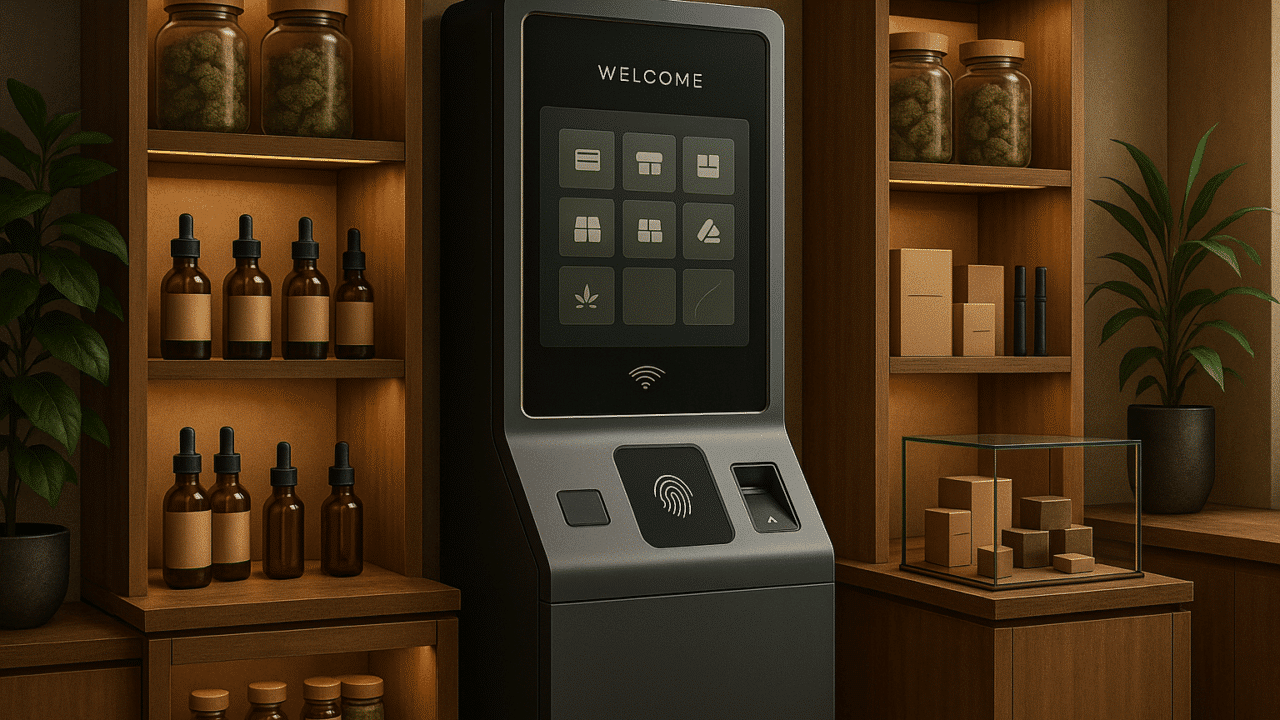
Creating a Successful Customer Engagement Program
Establishing a successful customer engagement strategy can greatly impact your business’s bottom line. Engagement is more than establishing rapport between sales teams and customers. It involves understanding what your customers need and how to provide them with a personalized experience that satisfies those needs. However, with the right guidance, developing customer engagement strategies can prove challenging.
The Importance of Customer Engagement
Customer engagement aims to provide real value to the customer base, while businesses benefit from a higher retention rate and increased customer loyalty. An effective program will amplify your bottom line by leveraging user engagement strategies, digital engagement tools like live chats, and mechanisms such as customer loyalty programs.
Why Every Business Needs Strong Customer Engagement
Customer engagement strategies are necessary for creating unified customer profiles, enhancing the customer experience, and empowering the customer success center of any business. Implementing an effective customer engagement strategy aids in the onboarding process, helps collect customer feedback, offers a deeper understanding of the customer journey, improves sales team performance, and drives the bottom line.
Impact of Customer Engagement on Your Bottom Line
The impact of customer engagement on revenue is profound and far-reaching. Engaged customers not only contribute to increased revenue through repeat purchases and loyalty but also become advocates for your brand, driving new business through positive word-of-mouth.
By actively engaging with customers throughout their journey, businesses foster stronger emotional connections, leading to higher retention rates and reduced churn. Moreover, a well-executed customer engagement strategy enhances customer satisfaction, resulting in positive reviews that attract new customers. Ultimately, the financial impact of effective customer engagement extends beyond immediate sales to create a sustainable foundation for long-term growth and success.
Competitive Advantage
Robust customer engagement provides a significant competitive advantage by cultivating lasting and meaningful relationships with customers. In a landscape where product and service differentiators can be fleeting, an effective user engagement strategy becomes a pivotal factor in setting a brand apart. By aligning clear objectives with the brand’s core messaging, a good customer engagement plan not only enhances customer satisfaction but also fosters loyalty, reducing the likelihood of customers seeking alternatives.
The personalization inherent in such programs, from tailored marketing campaigns to real-time interactions, creates a unique and memorable customer experience that competitors find challenging to replicate. An efficient communication strategy further solidifies this advantage by actively connecting with customers, making them feel valued, and enhancing the overall brand perception.
Additionally, the ability to track and measure engagement through analytics platforms provides invaluable insights, allowing businesses to continuously refine and improve their strategies based on real-time data. A well-executed customer engagement program becomes a distinctive differentiator, contributing not only to customer retention and loyalty but also positioning the brand as a leader in customer-centric practices within the competitive landscape.
Key Elements of Successful Customer Engagement
Successful customer engagement involves crucial elements, including setting clear objectives, delivering a consistent customer experience across channels, employing efficient communication strategies, and tracking customer engagement.
Clear Objectives and Goals
Establishing clear and well-defined objectives is the foundational step in creating a successful engagement program. Whether the goal is to boost sales, enhance customer loyalty, or achieve other specific outcomes, it’s imperative to align these objectives with the core messaging of your brand. A strategic alignment ensures that customer engagement is not only purposeful but also resonates with the overall brand voice, fostering a cohesive and impactful approach.
Personalized Customer Experience
Central to achieving customer satisfaction is the delivery of a personalized experience. This can be realized through tailored marketing campaigns that speak directly to individual preferences, personalized social media interactions that acknowledge and respond to customers on an individual level, and the provision of real-time engagements such as live chats and video chats. Offering a free trial further enhances personalization, allowing customers to experience products or services firsthand to see how they meet their specific needs.
Efficient Communication Strategy
An effective communication strategy is a linchpin in customer engagement, as it ensures regular and meaningful interactions with customers. This includes providing prompt customer service, maintaining an active and responsive social media presence, and potentially scheduling virtual events to facilitate direct interaction. Each communication touchpoint should add value to the customer journey and strengthen customer relationships, reinforcing the connection users have with the brand.
Tracking and Measuring Engagement
Deploying an analytics platform is indispensable for measuring the effectiveness of an engagement program. The goal is not only to quantify the results of implemented strategies but also to gain insights that can guide future engagement approaches. This holistic understanding enables businesses to continually optimize their customer service strategies, ensuring that each engagement adds value and contributes to customer satisfaction and overall business success.
Steps to Creating Your Customer Engagement Program
Here are some steps to consider while building your customer engagement strategy.
Step 1: Identify Your Customer’s Needs and Preferences
The first step in constructing a solid customer engagement plan is to learn as much about your customer as possible. Use your customer success center and virtual events to gather this information. By collecting and analyzing user engagement metrics, your sales team will have a clear picture of what your customers want, need, and expect from in terms of customer service.
Step 2: Develop Your Engagement Goals
An effective engagement goal is focused on enhancing the customer experience. A good engagement goal could be to increase user engagement by a certain percentage or to introduce a particular feature or service that resonates well with your customer base. Building these goals based on the feedback obtained can significantly increase the effectiveness of your engagement strategy.
Step 3: Choose the Right Channels for Communication
Choosing the right channels for communication is critical to the success of any customer engagement strategy. Though social media can have an impact on your bottom line, you should also consider other channels like live chat, email communication, virtual events, and phone calls. Select these communication channels based on your unified customer profiles and the preferences of your customers.
Step 4: Implement the Strategy and Measure Results
After determining your strategy, it’s time to implement it. Use an analytics platform to measure the success of your customer engagement marketing efforts. This will help you make necessary adjustments to make your customer engagement model even stronger.
Step 5: Iteration and Improvement
Always review and refine your user engagement strategy. Use gathered data, customer feedback, and digital customer engagement insights to create a more consistent customer experience. You should regularly test and measure your user engagement strategy to continually enhance the effectiveness of your plan.
Utilizing Technology to Enhance Customer Engagement
Customer Engagement Platforms
Leveraging customer engagement platforms (CEPs) is pivotal for optimizing and streamlining a robust customer engagement program. These platforms integrate various communication channels, data analytics, and customer support functionalities into a unified system. By harnessing the capabilities of a CEP, businesses can effectively manage, track, and prioritize customer interactions, ensuring a seamless and consistent customer experience across multiple touchpoints. The nature of these platforms allows for personalized communication through channels such as email, live chat, and social media.
Furthermore, CEPs facilitate the alignment of program goals with the core messaging of the brand, ensuring a strategic and cohesive approach. The ability to deploy analytics within these platforms empowers businesses to measure the program’s success, understand customer behavior, and continually refine engagement strategies for optimal results. In essence, customer engagement platforms enhance operational efficiency and provide the tools necessary to cultivate lasting and meaningful customer relationships, creating a competitive advantage in today’s dynamic business landscape.
CRM Software
CRM (Customer Relationship Management) software is an indispensable asset for any customer engagement program, serving as the nerve center for building and sustaining meaningful connections with customers. With robust CRM tools, businesses can efficiently collect, organize, and analyze customer data, allowing for a comprehensive understanding of individual preferences, interactions, and the overall customer journey. CRM software enables personalized communication by tailoring marketing campaigns, managing customer support interactions, and providing a holistic view of each customer’s history and needs.
This personalized approach enhances customer satisfaction, customer loyalty, and retention rates. Moreover, CRM systems offer the flexibility to adapt to evolving customer expectations and market trends, ensuring that engagement strategies remain agile and effective. As a foundational technology, CRM software plays a pivotal role in fostering a customer-centric culture within organizations, facilitating proactive and strategic customer engagement initiatives that contribute to long-term success.
Building Long-Term Customer Relations Through Engagement
Customer engagement offers a dynamic framework for cultivating authentic and enduring relationships with customers. By aligning clear objectives with the core values of a brand and employing advanced technologies, businesses can deliver personalized experiences that resonate with individual customer preferences.
These programs not only boost satisfaction and customer loyalty but also confer a distinct competitive advantage in a crowded marketplace. The emphasis on regular communication, data-driven analytics, and continuous improvement underscores the adaptability and responsiveness inherent in successful customer engagement initiatives. In an era where customer expectations evolve rapidly, organizations that prioritize and invest in customer engagement position themselves as trusted partners in the customer journey, ensuring sustained growth, positive brand perception, and lasting customer advocacy.








